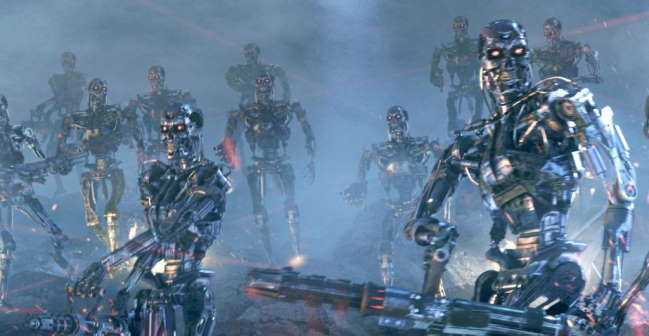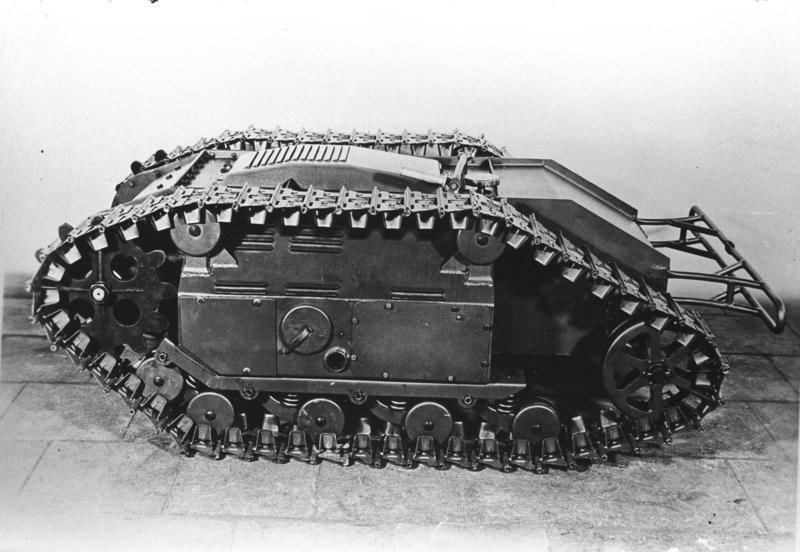July 19, 2009
That’s Impossible: Real Terminators
Source: History.com, plus a few other locales.
Rise of the Robots. When I first heard about this episode of That’s Impossible while watching Ice Road Truckers, I just had to watch to see where we were with military robotics… and where we may be headed. Real Terminators is second episode of the That’s Impossible series, which includes other topics like invisibility, immortality, and “weather warfare.” I managed to catch the Tuesday (July 14) night premiere of Real Terminators, while they repeated the episode early Wednesday morning. History won’t rebroadcast Real Terminators until Saturday, July 25 @ 3pm, so make certain to have your TiVos programmed to record it if you can’t watch it on time, or there’s always the Torrent route.
Real Terminators shows how robot combat has evolved to its near-current state, and what other robot technologies and breakthroughs can affect what the battlefield mechs will be like. Hint: It won’t be like BattleBots or Robot Wars.
Humble beginnings. Battlefield robots actually got their start in WWII, thanks to Nazi Germany. They used a remote controlled tank-bot called the Goliath tracked mine, which was driven to its target and detonated. It was considered a failure due to the control cables being easily cut or damaged and the vehicle itself being too lightly armored, but the Goliath has since become something of an inspiration to future war-bots… though it would take some sixty years after the first tracked mines were produced before battlefield robots would begin to emerge with the SWORDS robots. But robots were already in the air, thanks to the Predator unmanned aerial vehicle.
The Next Big Step is to get the drones out of the sky and back on the ground, but without the tank treads or wheels being used today. Drones need their legs, and the Big Dog shows why:
Already, Boston Dynamics is developing a two-legged robot, the PETMAN, to better navigate human environments.
Organic components. DARPA is not looking at just a mechanized future for the military. They intend to keep a human element to the machines through the use of robotic exoskeletons:
Other pieces of the puzzle. In order to make terminators possible, one major breakthrough must happen: Artificial Intelligence. Future robots will need highly-developed (almost human-like) AI to do seemingly simple things like identify targets and allies, use strategies, and know when to fall back for repairs and recharging/refueling. Also, robots will need to show “instincts” like gauging a person’s emotional state to recognize when s/he might attack. Those “instincts” may come courtesy of a brain scanner. This will allow a robot to decide if they should kill on its own, without some human operator needing to pull a trigger.
But there’s more being considered. Robots will need to recharge or refuel. That may be alleviated by the EATR project, which will allow robots to consume organic matter for energy. Also, repair and construction/replication of robots, where nanaotechnology is being considered to fill these needs.
Now consider what can happen with all the pieces in place. A robot soldier, hundreds of time stronger than a human, with an appetite for organics and programmed to kill, and able to repair itself.
Now imagine a whole army of these robots…






